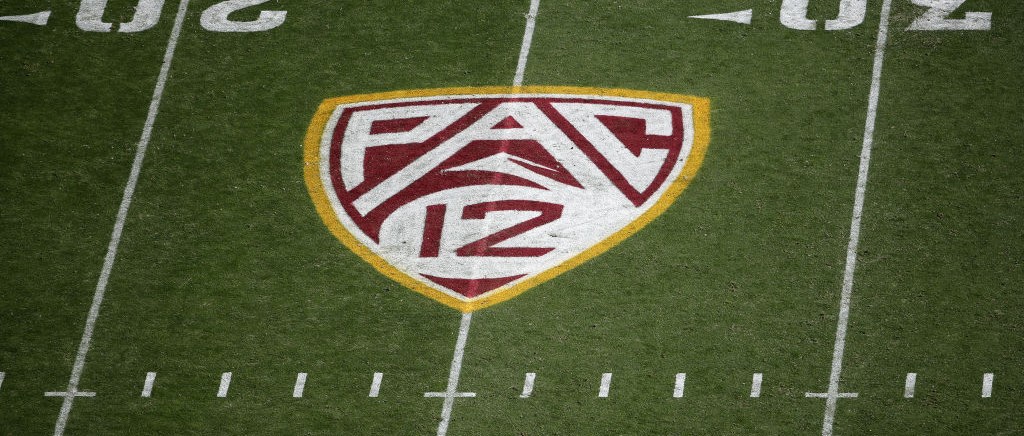On Tuesday afternoon, the Big Ten announced it was postponing its football season to hopefully be played in the spring. It was the culmination of weeks of back-and-forth that has seen players call for the creation of a players association and uniform guidelines and safety protocols, while university presidents, medical experts, and lawyers seemingly reaching the conclusion that there’s little room for football without taking on a tremendous risk.
Later in the afternoon, word emerged from the Pac-12 that they would be following suit in putting an end to the dream of fall football and pushing it back to (hopefully) the spring. On top of football, the Pac-12 will also halt all fall and winter sports through the end of the calendar year, re-evaluating the situation closer to January.
This was the expected result, as the two conferences had long been tied together as the two teams looking most skeptically on a season, and once the Big Ten announced its decision the Pac-12 swiftly came to the same conclusion. Now all eyes shift to the Big 12, ACC, and SEC, the latter two have been pretty vehement about playing football this fall. There are risks on all sides of the equation and like so much with the current situation in the world, there’s not a perfect answer. Still, given the emerging research connecting COVID-19 to heart problems like myocarditis and the unknowns of long-term impacts, the Big Ten and Pac-12 decided that it was not worth the liability to have football this season.
On the other side, as Clemson star QB Trevor Lawrence and others have pointed out, the regular testing and having football as the reward for good behavior and following protocols is something that would likely keep many players in line. However, the issue lies in the fact that once students are on campus, all it takes is one player going to a party or not following social distancing or mask protocols on campus to potentially bring it into the locker room between tests (given that while three days a week is robust, it cannot catch everything), which figure to be some of the closest confines of allowed indoor space on campuses, for it to potentially infect much of the team and bring those risks of severe symptoms or post-COVID recovery health problems into play. This was something Larry Scott noted in the Pac-12 release.
Scott noted that while the Conference’s detailed plan to keep student-athletes safe was working in accordance with the Pac-12 COVID-19 Medical Advisory Committee guidelines and state and local government orders, the situation was becoming more challenging: “Unlike professional sports, college sports cannot operate in a bubble,” he said. “Our athletic programs are a part of broader campuses in communities where in many cases the prevalence of COVID-19 is significant. We will continue to monitor the situation and when conditions change we will be ready to explore all options to play the impacted sports in the new calendar year.”
“We know that this is a difficult day for our student-athletes, and our hearts go out to them and their families,” added Scott. “We have made clear that all of their scholarships will be guaranteed, and that as a Conference we are strongly encouraging the NCAA to grant them an additional year of eligibility.”
Without a bubble, we’ve seen how team sports are at risk with what’s happened in Major League Baseball with the Cardinals and Marlins, and the current student-athlete model figures to shut down the opportunity to create an athletics bubble, as it would indicate they’re somehow different from other students. The result is a system unwilling to change facing a situation that requires adaptation, and as such they continue kicking the can and hoping, eventually, football as it is can return.







